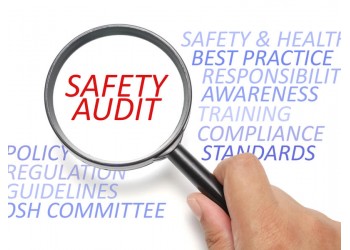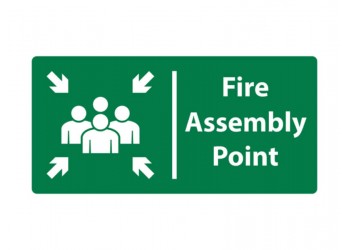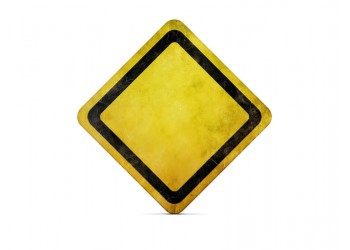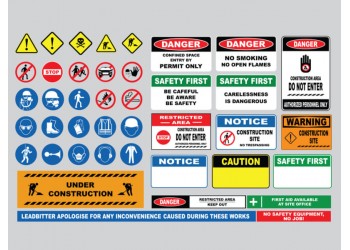Research from the HSE shows that 142 people in the UK died through work-related accidents in 2020/21 – an increase of 29 from the previous year. Warehouse related injuries, such as those caused by falling from a height, being struck with a moving vehicle/object, being trapped by something collapsing or overturning or contact with moving machinery are some of the most common causes of these fatal incidents. These constantly moving and bustling environments raise a whole host of hazards that you, as the business owner, need to find ways to mitigate and manage.
Understanding the most common types of warehouse hazards gives you a heads start on your personalised risk assessment. Let’s look at them here today.
- Moving Vehicles.
Deliveries, both in and out of your warehouse, as well as cranes and other cargo-moving equipment, these all present a significant hazard to health. Collisions and other related incidents are often caused by:
- Lack of knowledge.
- Lack of training.
- Distraction.
- Improper PPE.
All employees and visitors should be trained on the appropriate use and speed of these vehicles. Best practices, including alerting surrounding individuals of your plans and using movement sounds at all times, should be undertaken. Our range of Fork Lift & Vehicle Signs are there to help you maintain good vehicle use in your warehouse.
- Lifting and Handling.
Warehouse employees are required to pack away goods, pick-and-pack for orders and re-organise stock to ensure the system works smoothly. This requires a significant degree of lifting and handling. With this, comes the risk of strain-related injuries and accidents when improper training has been given. Training on the safe use and maintenance of equipment as well as appropriate lifting techniques should be issued as standard. Safety signs, such as our Safe Manual Handling poster, are designed to give visual and textual advice to employees as they work, showing the recommended handling techniques.
- Working at Height.
One of the key causes of injuries in the workplace, working at height can be unavoidable in certain environments. Particularly important with pallet work or during storage, full and regular training should be given to prevent individuals from falling and experiencing significant injuries. Signs such as the Work at Height poster provides information about ladder safety, mobile elevating platforms, scaffolding and fall arrest.
- PPE.
Providing personal protective equipment to your employees is a legal requirement. And, this couldn’t be more important than in warehouse environments. Consider items like steel-toe cap boots to prevent injuries from falling items, protective gloves when working with abrasive packing materials for an extended period and ear protection for louder corners of the workplace. Signs such as the Danger Noise Hazard and Ear Protection Zone act as constant reminders to help reinforce this level of protection throughout your employees.
Proper warehouse safety is essential in managing risk and reducing the impact of hazards. Safety signs are an effective way of doing this and one that is suited to warehouses in all different businesses. If you would like more information about our workplace safety signs, please do get in contact with the Lasting Impressions team today.









